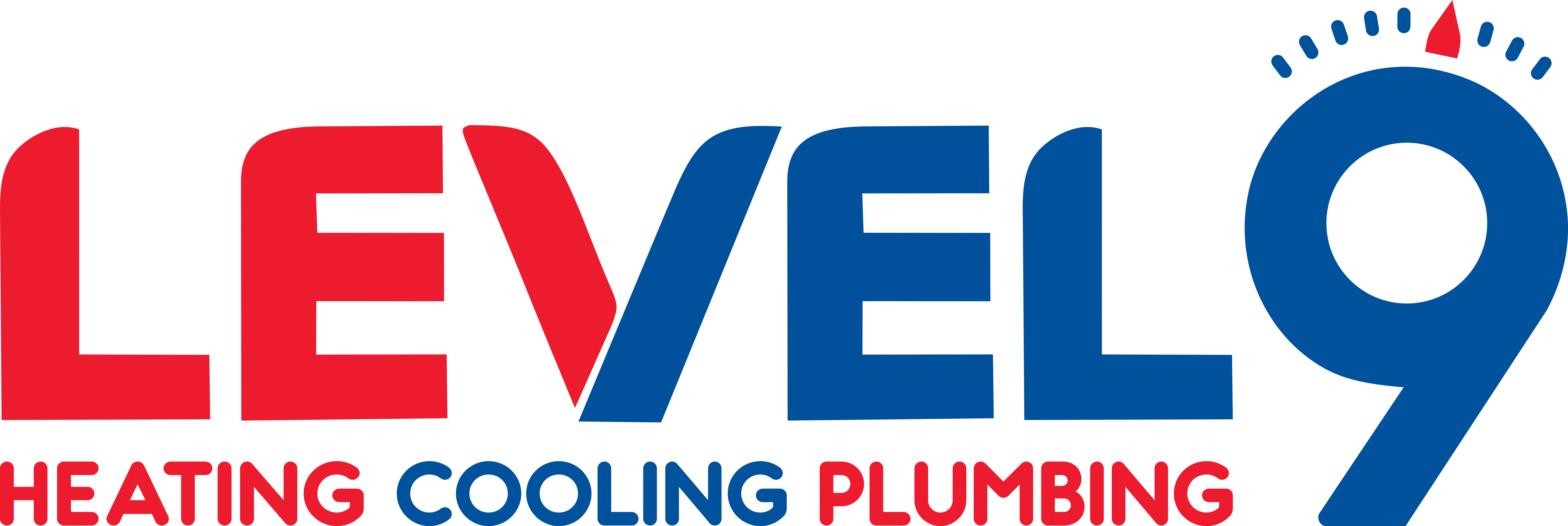During the winter, indoor air quality can decrease substantially. When a house is closed all day and the heat is running more frequently, dust, dirt, and particles accumulate and can impact the breathability of the air.
Discover more about these six ways to improve the IAQ in your home this winter.
1. Replace Air Filters
According to the American Lung Association, indoor air can be up to 5 times more polluted than the air outside. During the winter, you may also focus on keeping windows and doors airtight, which means you breathe more recirculated air with higher levels of particles.
These wintertime conditions place a strain on HVAC filters. The main job of air filters is to decrease the amount of dust, pollen, and other particles circulating in your home, but with a sealed-up home, they have to work harder to provide comfortable conditions. Replacing air filters regularly is one way to confront this situation. Changing them out about every three months will help your heating system keep up with the higher levels of indoor allergens and contaminants.
Poor indoor air quality during the winter is known to aggravate asthma sufferers and can cause respiratory problems. You may also want to consider upgrading your filters. When you arrange for an HVAC maintenance appointment, you can consult with a service professional about changing to filters with a higher filtration rating. Higher-quality air filters can capture mold and other harmful particles more effectively and reduce the possibility of allergic reactions or other health issues.
Changing your HVAC filters can create cleaner indoor air conditions, along with other measures you can take during the winter.
2. Opening Your Windows
Even though it is cold outside, another option to help improve indoor air quality is to crack open the windows during the day. Bringing in outside air when the sun is shining, or during the warmest part of the day, can help refresh the inside air and provide a chance to change the level of recirculated air.
The Environmental Protection Agency (EPA) emphasizes how improved ventilation with outdoor air circulating into the home plays a major role in reducing indoor air pollutants. Most HVAC systems do not bring fresh air into a home, so the EPA recommends opening windows and doors, as well as running fans, to help deliver much-needed outside air into a closed winter home environment.
3. Controlling Humidity
Monitoring your home’s humidity levels is another option that can help with air quality. Keeping the humidity level between 30% to 50% will help keep home conditions comfortable while preventing mold and mildew growth. To achieve this goal, make sure to run exhaust fans during and after showers and when cooking on the stove. You can also turn on fans to circulate air and clear out humidity. Wintertime typically brings about air that’s too dry, which signals a lack of humidity. If you notice the warning signs of excessively dry air in your home, consider investing in a humidifier to help maintain optimal levels. Turn to our whole home humidifier solutions!
4. Air Purifiers with HEPA Filters
Using air purifiers in the winter provides another way to boost indoor air quality. High-quality air purifiers with HEPA filters are designed to remove allergens and pollutants in the air. High-efficiency particulate air (HEPA) filters remove over 99% of mold, dust, pollen, bacteria, and other particles that lower indoor air quality. Air purifiers with HEPA filters can also capture microorganisms that are 0.3 micrometers small.
Air purifiers are particularly important to improving winter indoor air quality if you or a member of your household suffers from allergies. Air purifiers should be placed in commonly used areas of the house and bedrooms to trap irritating particles that can trigger symptoms. Some air purifiers come with sensors that can detect the level of allergens and pollutants in the air and adjust the fan speed to higher and lower levels. They also shut off when the air quality reaches a clean state.
The Aerus Hydroxyl Blaster Air Purifier uses ActivePure Technology to not only remove dust and allergens but also reduce the spread of COVID-19. This surface and air purifier uses oxidizers to prevent viruses, including SARS-CoV-2. Investing in a high-quality air purifier like this one can help protect your home from illnesses and allergies.
5. Cleaning the House, Vents, and Air Ducts
Regular cleaning is even more important than usual during the winter. As described above, wintertime indoor conditions bring more mold, dust mites, and particles. Dusting and vacuuming every week is a good way to help remove them from your household. Likewise, removing clutter and items that should be stored outside like paints and chemicals will help provide a healthier indoor environment free of contaminants.
Volatile organic compounds (VOCs) are found in cleaning supplies and other chemical products. Placing them outside or in the garage will help remove VOCs from your home. VOCs can make the air hard to breathe and cause respiratory issues. Using a mask when cleaning in the winter is also a good idea to keep from potentially inhaling these harmful particles.
To help get cleaner air, you can also check your HVAC supply and return vents for any blockages and clean them with a vacuum. Along with air filters, clean vents help improve airflow quality. Too much dust or dirt buildup can contribute to unhealthy and uncomfortable conditions.
You should also determine if anything is blocking these vents and stopping indoor air from circulating normally.
In addition, dirt and debris can accumulate in your HVAC ductwork. Arranging to have your air ducts cleaned by a professional can also help lessen the pollutants and particles that lower air quality in the winter.
6. Regular HVAC Maintenance
Regularly scheduling maintenance for your HVAC system is another way to improve air quality in your home this winter. Preventive maintenance ensures that your heating and air conditioning are working efficiently and do not have excessive buildup of particles and debris. Service appointments can also determine if any of the parts in your system are worn down and need to be replaced.
You could also arrange for an air quality test to evaluate your indoor conditions and make sure that harmful carbon monoxide or radon gases are not present. Carbon monoxide is released when gas furnaces are used and is usually sent through exhaust pipes to the outside. Radon is a gas that can enter a house through the foundation. Both are hazardous to your health and should be removed.
Annual or biannual maintenance will help keep your HVAC in top shape, extend its life, lower your energy costs, and help you obtain better air quality in the winter and all year.
Quality HVAC Services
Please contact us at Level 9 Heating, Cooling, and Plumbing for more information about improving indoor air quality. We provide quality heating, air conditioning, plumbing, and air filtration services to Washington and St. Louis, MO, and surrounding areas. We are a trustworthy team of professionals who provide exceptional service for all your HVAC needs. Call us today!



